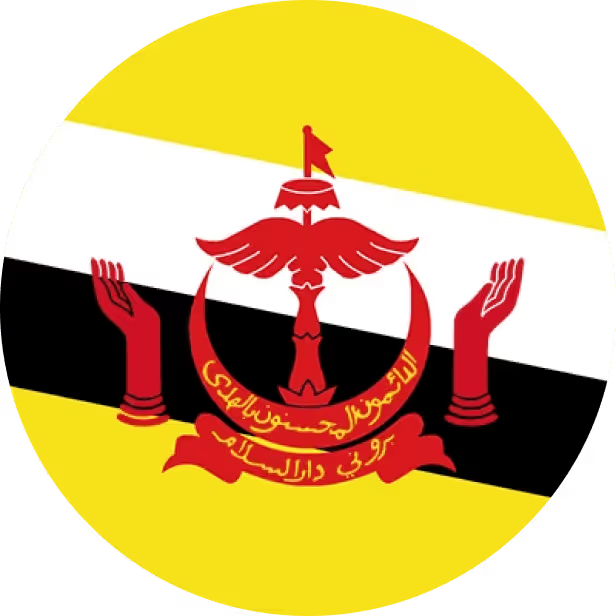Every company loves to talk about growth, agility, and innovation, but rarely about the true cost of sustaining them. That cost is often quiet, invisible, and corrosive. Burnout seeps in when “just one extra task” becomes a habit, when “after-hours” starts to mean “always on.” It is the solvent that eats away at the glue holding teams together: Focus, empathy, and purpose. Once that bond starts dissolving, you lose productivity and belief. Employees still show up, but emotionally, they’ve checked out.
What are the first warning signs of employee burnout?
Burnout doesn't happen overnight. It’s a slow leak of energy, motivation, and clarity. HR leaders need to treat it like a system malfunction, not a personal failure. Look out for these subtle signals—the 4 Invisible Cracks:
- Productivity without engagement: Employees finish tasks but seem detached from purpose or impact. They're going through the motions.
- Increased sick leaves or "Mental health days": These are often silent SOS calls, indicating a need for rest that the normal work structure doesn't allow.
- Cynicism creeping into everyday language: Phrases like, "It won’t matter anyway" or "Why bother?" are early flags that belief is eroding.
- High-performer withdrawal: When your most reliable people start avoiding meetings, deadlines, or feedback, it’s not rebellion, it’s depletion.
Why do traditional burnout programs fail?
Anti-burnout programs fail because they focus on surface symptoms like yoga sessions, pizza Fridays, or free subscriptions to mindfulness apps. These gestures look nice on social media, but they rarely reach the real problem- systemic overload and lack of psychological safety.
What HR needs instead is an honest audit of workload design, management style, and cultural norms. Do employees have true autonomy? Are deadlines humanly possible? Does the organization celebrate rest, or guilt-trip it? Once HR reframes burnout as an organizational design flaw, not an individual issue, real solutions can begin.
How can workload design prevent burnout?
A lot of burnout starts with a positive ambition. The problem isn’t that people work hard, the problem starts when they work without boundaries or a recovery system. Workload design to prevent burnout is about giving work a rhythm, not just a list. HR must collaborate with managers to sustain energy, not consume it.
- Distribute high-intensity work cyclically: Balance periods of crunch and high-cognitive-load tasks with periods dedicated to low-intensity administrative or reflective work.
- Map role expectations transparently: Clearly defining Key Performance Indicators (KPIs) and core responsibilities removes the stress of guessing. Nobody should be guessing their job description halfway through a project.
- Introduce focus time: Protect at least two to three hours a day of no-meeting, deep work time. This allows employees to engage in high-quality cognitive work without constant interruption.
- Monitor hidden overtime: Use digital activity data (login times, message volume) not for surveillance, but to reveal chronic overwork patterns before burnout hits.
People burn out because their system never resets. Structured workload management gives them back that reset button.
What is the role of psychological safety in burnout prevention?
Psychological safety and burnout prevention are inseparable. Teams that feel safe to express doubt, request help, or admit mistakes without fear of punishment are far less likely to burn out. Stress becomes shared, not suppressed.
HR can encourage this culture by:
- Embedding mental health awareness: Make psychological safety a key component of leadership KPIs, not just a suggestion.
- Running "failure share" sessions: Normalize vulnerability by creating spaces where teams can openly discuss what went wrong and what they learned without professional penalty.
- Rewarding transparency: Explicitly recognize managers who model transparency and protect their team members from punitive measures when honest mistakes occur.
Burnout thrives in silence. When employees fear judgment, they carry exhaustion alone until it breaks them. Safety isn’t a policy; it’s a tone set from the top.
Is your culture rewarding exhaustion or performance?
Organizations often confuse effort with effectiveness. When late-night Slack messages or weekend emails are publicly celebrated, you're building depletion. A "hustle = loyalty" culture might look productive, but it’s actually eating its seed stock. HR leaders need to design recognition frameworks that reward smart output, not visible overwork.
- Spotlight efficiency: Focus recognition on metrics like quality per hour or project success with minimal resources, not simply hours per task.
- Set digital sunsets: Institutionalize "digital sunset" hours where no internal emails or non-urgent messages are expected or sent, defending personal time.
- Reframing success: Share company success stories that include stories of recovery and rest like celebrating an employee who delivered a key project and immediately took a full, disconnected week of PTO.
A sustainable culture values results and renewal or you’ll be in a constant, costly cycle of hiring replacements for the high performers you burn out.
The HR leader’s ultimate playbook against burnout
If burnout is the solvent, HR’s job is to rebuild the connection, purpose, and renewal. The playbook needs consistent systems that honor human limits.
- Detect early: Use analytics, feedback tools, and behavioral tracking to spot fatigue trends across departments before it becomes a crisis.
- Design wisely: Redesign workloads to include cyclical balancing, focus time, and transparent expectations. Redefine productivity around efficiency and quality, not hours.
- Develop leaders: Equip managers to be emotional stabilizers, not stress amplifiers, through mandatory training on empathy, active listening, and boundary setting.
- Defend recovery: Make rest non-negotiable by automating PTO coverage systems and normalizing "no guilt leave." Schedule collective company-wide recharge days. Rest is performance insurance.
- Drive transparency: Build psychological safety through trust-led communication, rewarding vulnerability, and ensuring feedback loops are acted upon visibly.
When HR treats well-being as infrastructure, not initiative, burnout loses its dissolving power.
Wrapping it up:
Burnout is a management emergency signal-ing where culture, process, and empathy have critically drifted apart. The solution lies in reconnection, not recovery retreats. HR leaders must engineer workplaces where people can do great work without losing themselves in the process. Because when the solvent stops flowing, the glue holds stronger. And that’s how organizations and people endure.















































